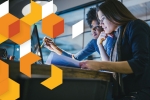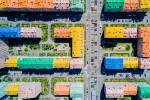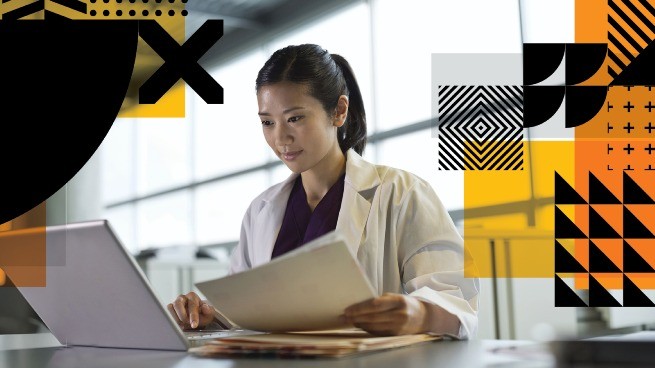Featured
Making a difference
Follow PwC Canada










Industries
Industries
Asset management
Automotive
Banking & capital markets
Cannabis
Consumer markets
Energy
Entertainment and media
Financial services
Government and Public Services
Healthcare
Industrial manufacturing
Insurance
Mining
Power & utilities
Private equity
Real estate
Technology sector
Telecommunications innovation
Transportation and logistics
Services
Services
Accounting Advisory Services
Alliances
Audit and Assurance
Consulting
Crisis and resilience
Current Insolvency Assignments
Data and analytics
Deals
Forensic Services
Japanese Business Network
Legal
Managed Services
Products
PwC Private
Risk Assurance
Risk Modelling Services
Tax
Transformation and investment management
About us
About Us
2023 new partners
Board of directors
Alumni
Contact us
Corporate responsibility
Ethics and Code of Conduct
Inclusion and diversity
Our Canadian leadership team
Our history
Our offices locations
Our people
Our purpose, vision and values
Press releases
Procurement at PwC
The New Equation
Women in Leadership

























